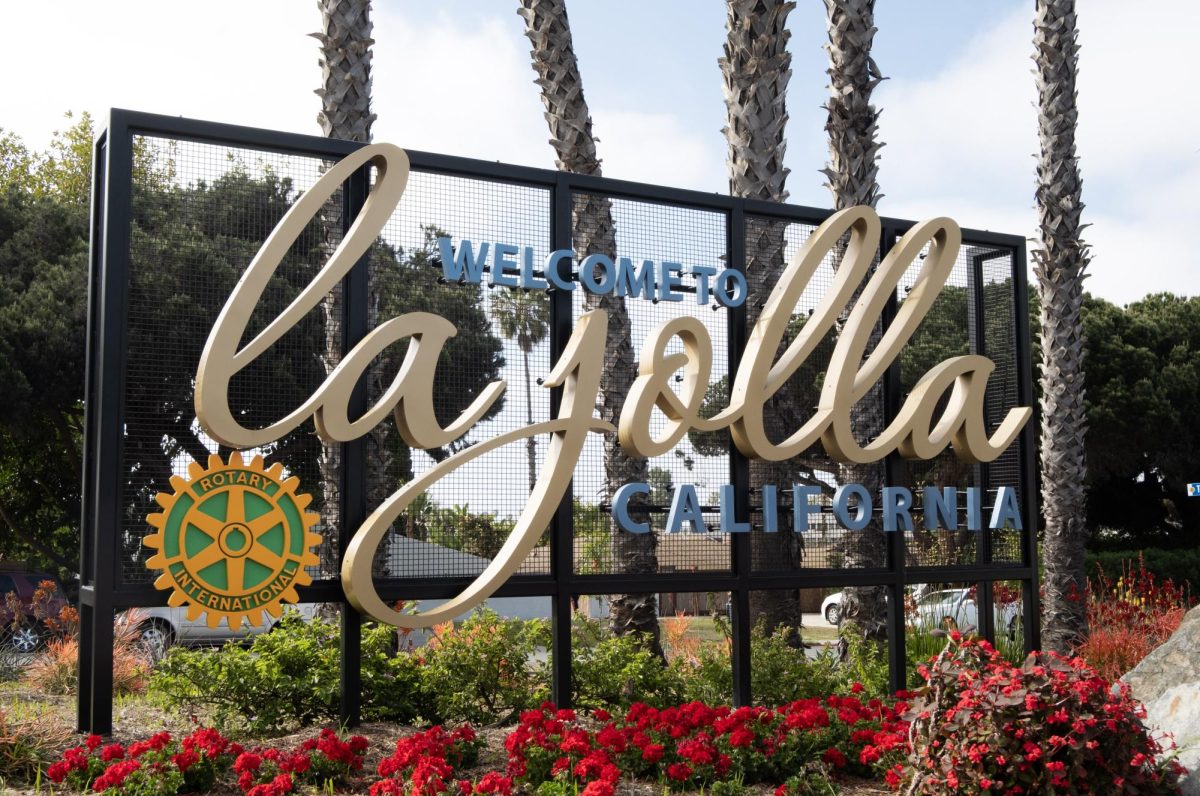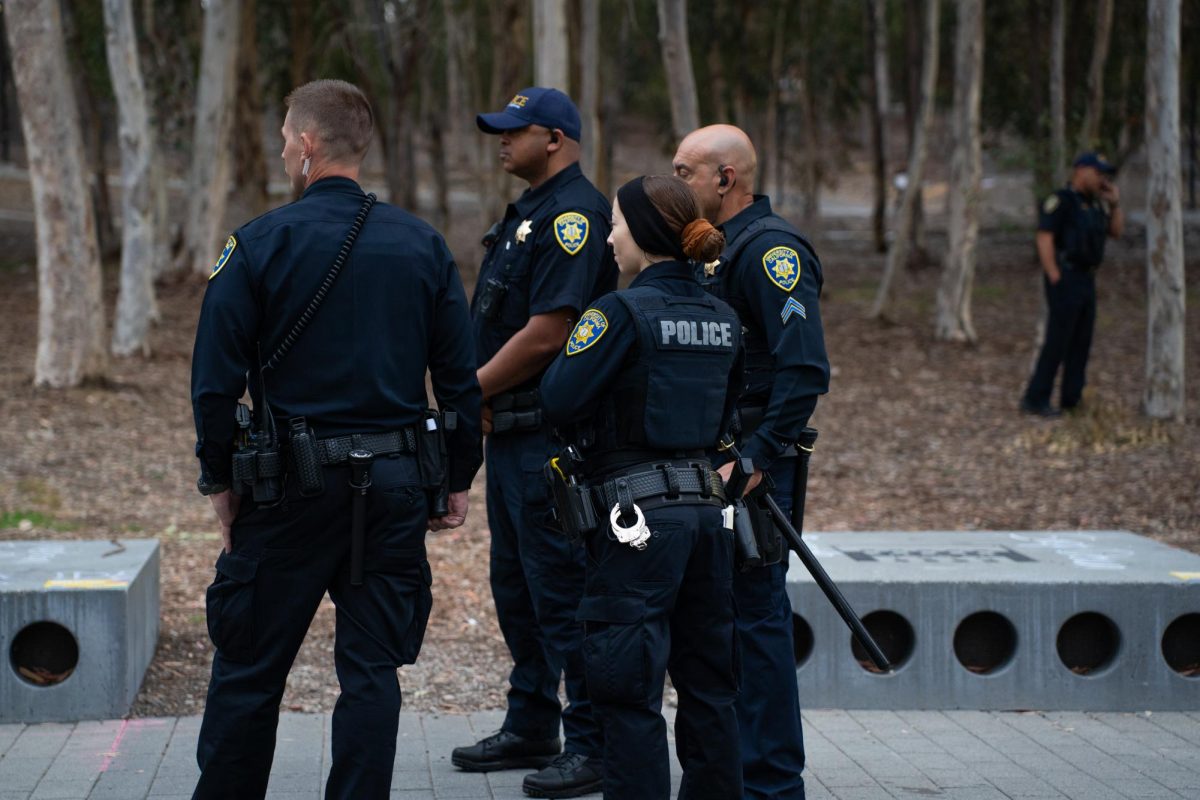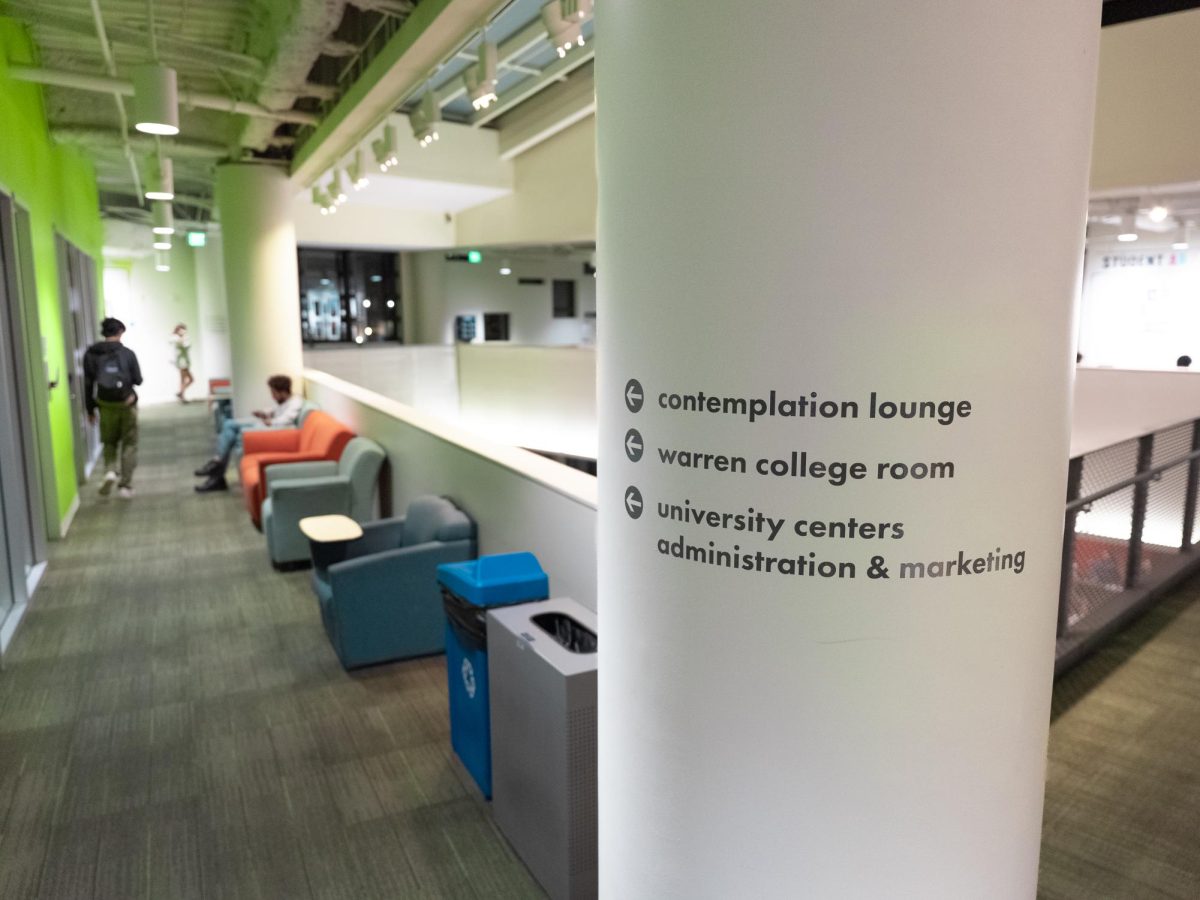On April 29, the San Diego Local Agency Formation Commission confirmed that the Association for the City of La Jolla’s secession petition has enough valid signatures to move forward to administrative review, the last step before the petition goes to public vote. This marks an advancement in the ACLJ’s effort to secede from the city of San Diego, whose proposed new boundaries for La Jolla intentionally exclude UC San Diego.
An administrative review is a fiscal impact analysis done by LAFCO before the proposal can reach public voters. LAFCO discusses matters related to boundary changes, including the La Jolla secession proposal, at commission meetings. The next scheduled LAFCO meeting is on Monday, June 2, at 8:15 a.m.
The ACLJ needed 6,750 valid signatures to move forward. The group initially submitted over 7,000 signatures in December, but the San Diego County Registrar of Voters considered only 5,723 of those signatures valid, leaving the petition 1,277 short of the required threshold. By April 16, the registrar’s office reported that the petition had 6,532 valid signatures — which was still 218 short of the 6,750 required — finding over 240 signatures invalid due to issues like incorrect residential addresses, missing information, illegible handwriting, or names that did not match voter records. However, LAFCO accepted appeals on these disputed signatures, overturning the registrar’s initial count and allowing the proposal to advance.
San Diego Mayor Todd Gloria, criticized the April 29 decision to overturn the initial certification as a “reckless disregard” for established validation standards.
The ACLJ proposal excludes UCSD from its proposed boundaries for the new city of La Jolla. Trace Wilson, president of ACLJ, argued that including the University in the proposed boundaries would skew local representation, prioritizing the interests of a student population over long-term residents. If the secession is approved by voters in June, the new boundaries would leave the University in the control of the city of San Diego.
According to ACLJ’s estimates, UCSD hosts more than 45,000 students, faculty, and staff, while La Jolla has approximately 39,000 permanent residents.
Associate director of internal communications at UCSD, Melinda Battenberg, clarified the University’s position regarding ACLJ’s secession efforts.
“As an educational institution, UC San Diego does not have a position on La Jolla’s secession proposal, and we do not anticipate this effort having any operational impact,” Battenberg said. “The university remains focused on our mission of education, research, health care, and public service.”
Some students raised concerns about the possible impact on public services, including emergency responses and infrastructural support.
La Jolla’s secession could impact public transit routes that currently operate across the borders of new La Jolla and the University. Funding for these regional transit services currently relies on taxes collected from all of San Diego County. If La Jolla secedes, it is unclear who would fund and maintain the operations of public transit between the University and La Jolla.
For UCSD, the Triton U-Pass is the result of a reimbursement agreement with Metropolitan Transit System — a city of San Diego agency— to provide free rides to UCSD students on certain MTS services such as the Blue Line, the 201 and 202 bus routes, and more. This arrangement, along with other regional funding structures, could face potential disruptions in the event of La Jolla’s secession.
“As a commuter, I rely on the trolley every day,” fourth-year Luis Rivera said. “If this secession affects public transit funding or routes, it could seriously complicate getting to class.”
Neither MTS nor SANDAG responded to The UCSD Guardian’s requests for comment on how the secession might impact these transit services.
Concerns over service disruptions extend beyond transportation. Third-year Priya Patel also emphasized other practical issues.
“If the new city doesn’t want to deal with UCSD’s infrastructure, what happens to our police response times or emergency services?” Patel asked. “It’s a big question mark.”
On an episode of the Voice of San Diego podcast, Gloria made clear that the new city of La Jolla would not be able to selectively contract services from the city of San Diego. It would need to establish all of its own services.
“If there’s a separation, there’s a separation,” Gloria said. “So, the city of San Diego will not be providing policing services, landfill services, sewage services. … We will not be contracting them.”
Similar to transportation, UCSD services such as the police department, the fire department, and emergency medical services, have long-term agreements with their parallel city-funded agencies. If La Jolla’s secession is approved, the University may have to renegotiate existing protocol lines of communication to ensure operational emergency response.
Some students also view the proposal as a challenge to UCSD’s identity and role in the community.
Fourth-year Jessica Lee spoke on the impact of the proposed split.
“It’s strange to think that the community our campus has been a part of for decades might just cut us out like this,” Lee said. “La Jolla and UCSD have always felt interconnected, and this secession idea makes it seem like the University is just being pushed aside.”
Second-year Tyler Nguyen questioned the long-term impact on the University’s relationship with its neighbors.
“I lowkey understand that they want more local control, but separating from a school that brings so much innovation and economic growth feels shortsighted,” Nguyen said.
ACLJ’s secession efforts are ongoing. The Guardian will continue to monitor this story and provide updates.









